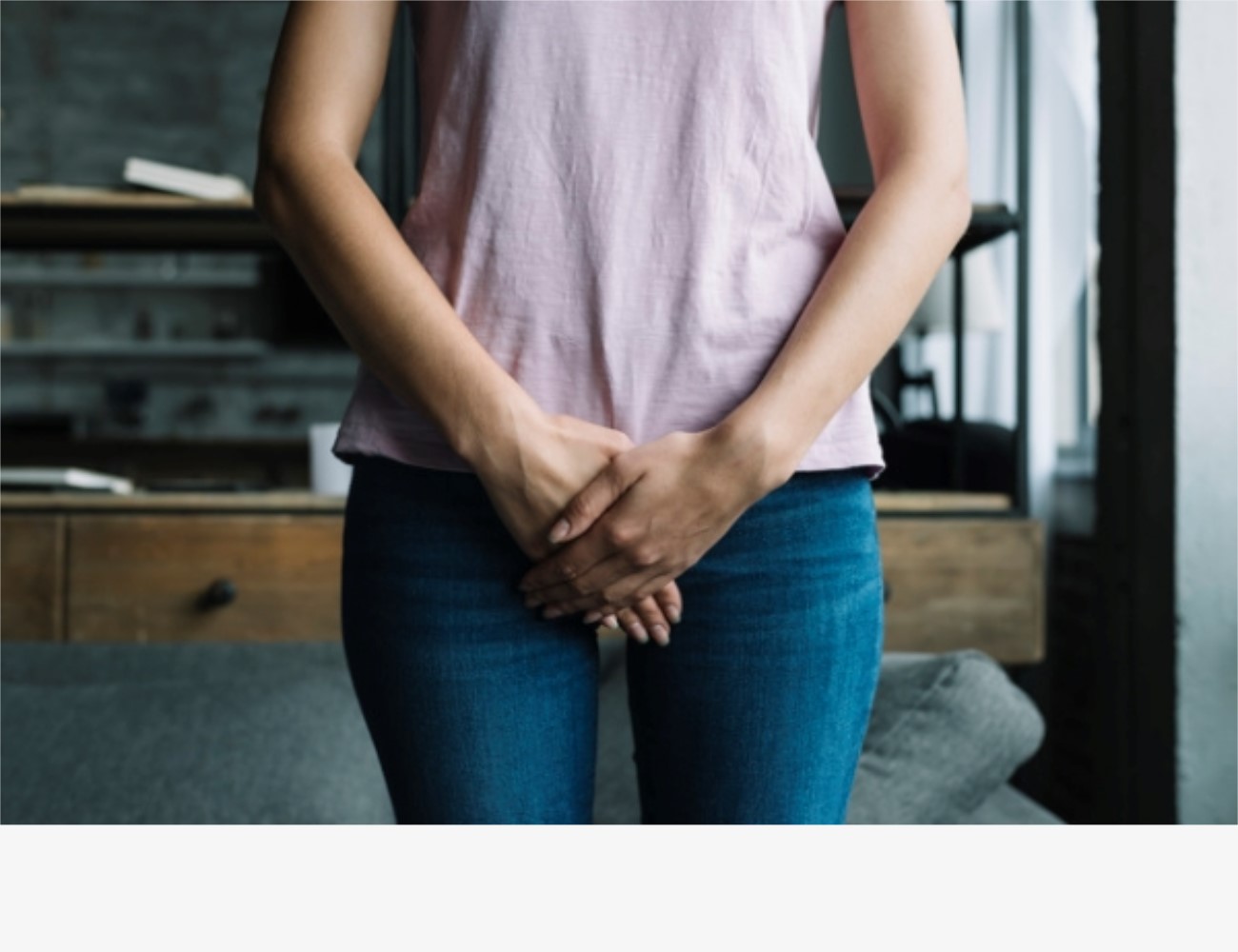
Urinary Incontinence: Causes, Symptoms and the products you need for a normal life
Urinary incontinence is the involuntary loss of urine through the urethra caused by the inability to store and control its output. Unfortunately, this condition is still a sensitive sunject, causing people who suffer from it to feel ashamed and not ask for help.
In today’s article we are going to demystify urinary incontinence: what types of incontinence, its symptoms, treatments and how it can be prevented. We will also suggest some products, such as pads and diapers, that will help you to have a normal life with incontinence.
Urinary Incontinence: Condition Lived in Secret
According to the Portuguese Association of Urology, 33% of women and 16% of men over 40 have symptoms of urinary incontinence, and only 10% of patients with this condition consult a doctor. All the others resort to self-medication or self-protection and the success numbers of the treatment are quite encouraging: the cure rate for stress incontinence is 90%.
Despite being a condition closely associated with the elderly population and the female gender, urinary incontinence affects both men and women of all ages: elderly, adults and young people. Unfortunately, there is a stigma attached and it’s a sensitive subject, causing many people not to seek professional help and not follow a treatment that could reduce symptoms.
Types of Urinary Incontinence
Urinary incontinence can appear suddenly or be a direct consequence of some factor and it can be a permanent/chronic or temporary. Even though it is permanent, it is important to emphasize that symptoms can be relieved and a normal life its possible.
Temporary Urinary Incontinence: caused by bad eating habits (excess of artificial sweeteners, spicy foods, sweets or acids), excessive consumption of alcoholic beverages and caffeine, taking drugs such as blood pressure regulators, sedatives or muscle relaxants;
Permanent Urinary Incontinence: Due to hormonal changes brought about by pregnancy, menopause (caused by decreased estrogen production), aging (as the pelvic muscles get weaker), childbirth, surgical intervention or neurological problems.

Within urinary incontinence, there are several types:
- Incontinência por urgência – quando repentinamente há uma vontade súbita e muito intensa de ir à casa de banho;
- Stress incontinence – happens when muscles are weakened and there is extra pressure on the bladder, for example, when you cough, sneeze, laugh, exercise, lift weights;
- Overflow incontinence – urine leaks occur when the bladder supports large volumes of urine and the fluid pressure is so great that it exceeds the urethral resistance;
- Functional incontinence – caused by patients’ incapacity in cases of dementia or severe neurological damage, such as Alzheimer’s or Parkinson’s;
- Nocturnal enuresis – caused by leakage of urine during sleep;
- Mixed incontinence – combines stress and urge incontinence.
Causes of Urinary Incontinence
There are some factors that can aggravate the appearance of urinary incontinence symptoms, namely:
- Hormonal changes;
- Overactive bladder;
- Childbirth and consequent weakness of the pelvic muscle;
- Bladder outflow obstruction in middle-aged men;
- Functional disorders such as stroke and dementia.
These symptoms can be aggravated by age, obesity, constipation, smoking habits, menopause, pregancy, childbirth, medication, among others.

How to Prevent Urinary Incontinence
The good news about urinary incontinence is that, before being treated, it can be prevented with simple habits, like:
- Balanced and healthy diet, avoiding very acidic foods;
- Fiber intake to prevent constipation;
- Moderate consumption of caffeine and alcoholic beverages, smoking being highly harmful;
- Kegel exercises have helped many people to reduce urinary incontinence symptoms. They consist of strengthening the muscles of the pelvic region in simple exercises that must be done at least 3 times every day.
Regarding treatment, this can be based on behavioral re-education, drugs, Kegel exercises or surgery in severe cases.
Live with Urinary Incontinence
It is possible to have a normal life with incontinence by treating it with the above mentioned methods. Still, it is recommended that you use diapers or pads to always be on the safe side and not have any unpleasant surprises.
Pads for Light Urinary Incontinence Lady Pads 1,5 Drops

This is the ideal pad for active women who suffer from mild incontinence and small urine loss. The Hartmann brand has the most recent quality standards on the market and these dressings guarantee discretion and naturalness during their use.
Pads for Moderate Urinary Incontinence Molicare Premium Form Normal Plus

This is a breathable pad, with a 3-layer absorbent core and a quick drying system, preventing skin irritation. They come in a pack of 30 anatomical patches with anti-leak barriers and full fabric coverage with elastics in the area between the legs.
Pads for Severe Urinary Incontinence Molicare Premium Form Extra Plus

For severe cases of urinary incontinence that need extra absorption and protection against breakouts. Its adsorbent core and moisture indicator are essential to guarantee protection against urine loss.
Above all, it’s important that you know your body and know what you need to feel comfortable with. If you have frequent urine leakage, consult a doctor, who is the best person to help you overcome the problem. Don’t hide behind taboo or shame as it may be delaying access to a normal life and incontinence.
If you have any questions about the products recommended above, please contact us. We can advise you on what you need. We can advise you on what you need.
Thank you!
Loja Ortopédica®




No Comments